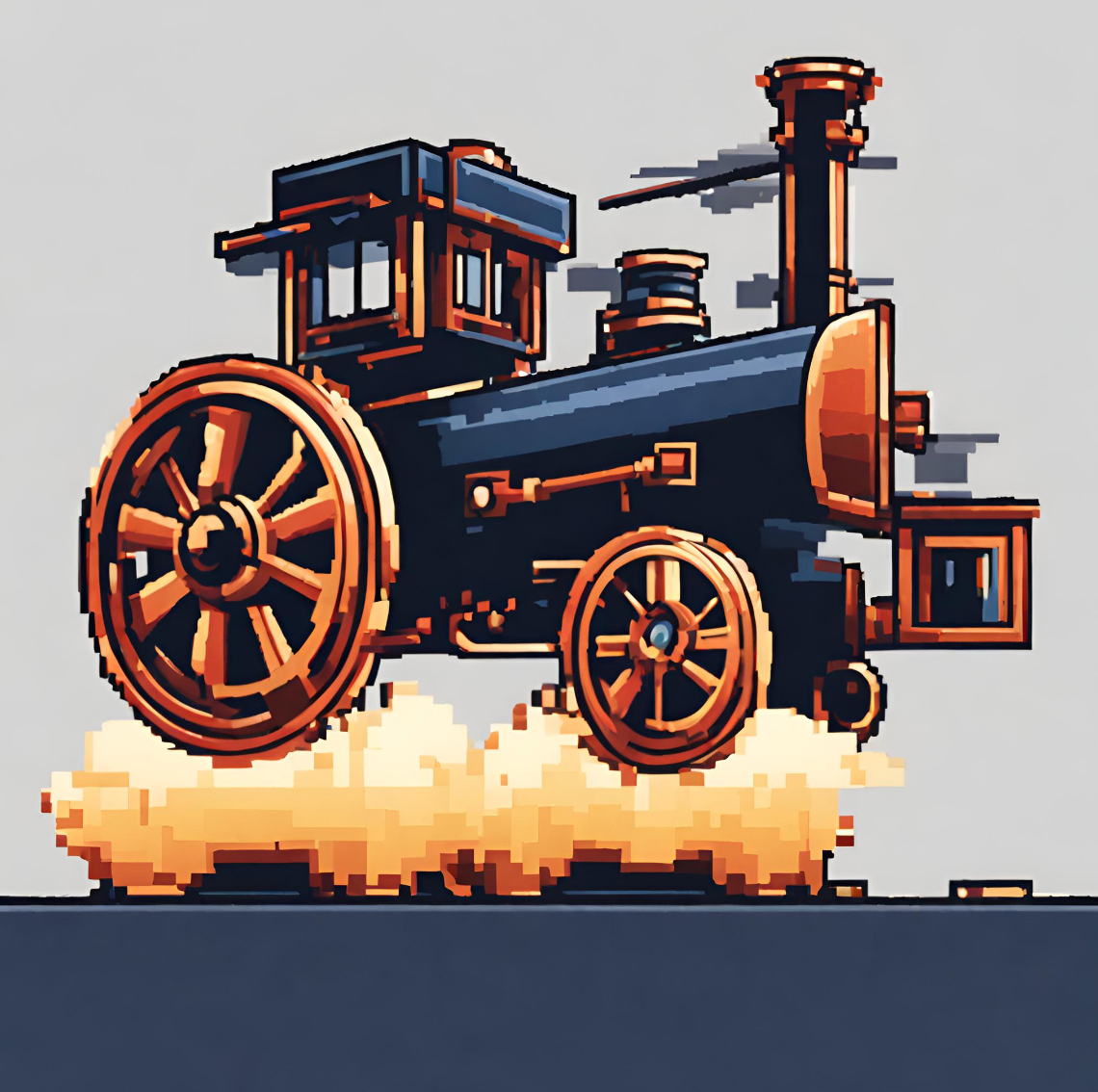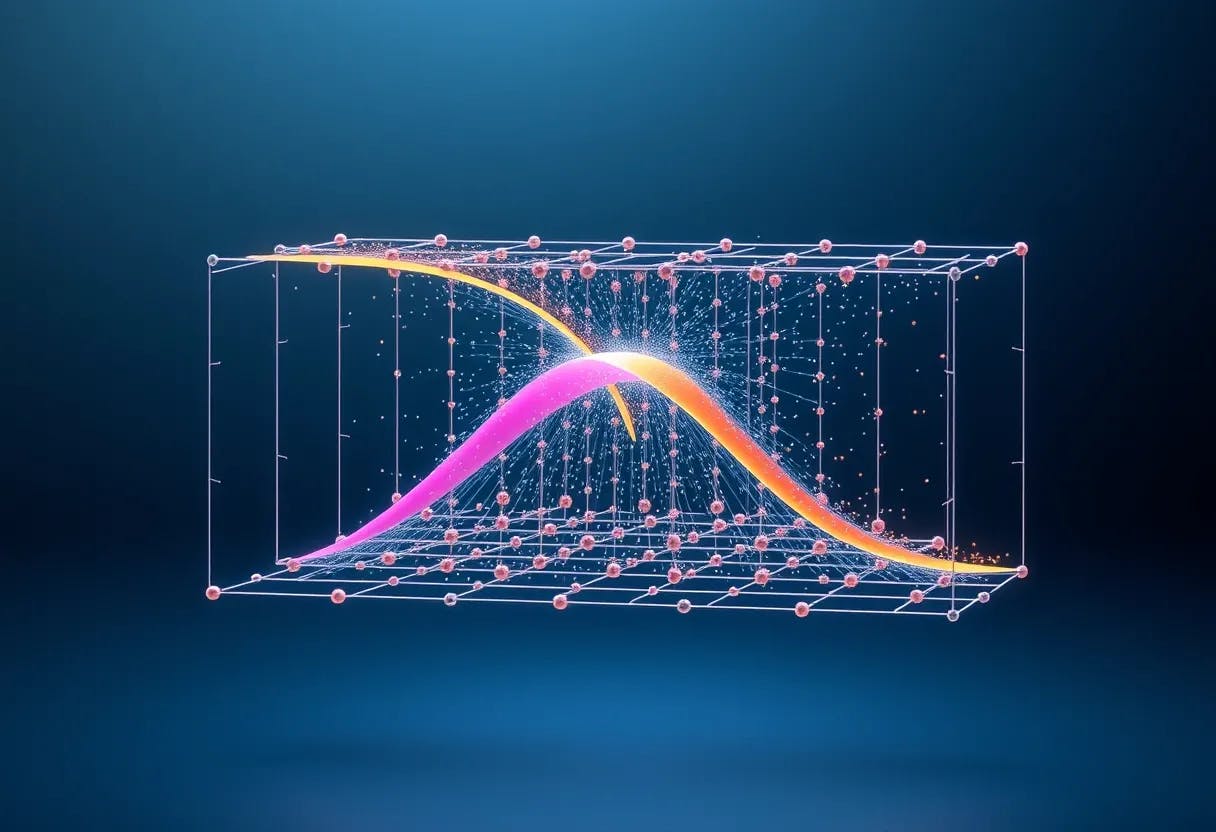Authors:
(1) Revathy B S, Raman Research Institute, Bengaluru, 560080, Karnataka, India and Corresponding author;
(2) Victor Mukherjee, Department of Physical Sciences, Indian Institute of Science Education and Research Berhampur, Berhampur, 760010, Odisha, India;
(3) Uma Divakaran, Department of Physics, Indian Institute of Technology Palakkad, Palakkad, 678623, Kerala, India.
Table of Links
3 Many body quantum Otto cycle
4 Universal scalings in work output
5 Transverse Ising model as working medium
Abstract
We construct a quantum critical Otto engine that is powered by finite temperature baths. We show that the work output of the engine shows universal power law behavior that depends on the critical exponents of the working medium, as well as on the temperature of the cold bath. Furthermore, higher temperatures of the cold bath allows the engine to approach the limit of adiabatic operation for smaller values of the time period, while the corresponding power shows a maximum at an intermediate value of the cold bath temperature. These counterintuitive results stems from thermal excitations dominating the dynamics at higher temperatures.
Keywords: Quantum heat engines, quantum phase transitions, Kibble Zurek scaling
1 Introduction
Quantum thermodynamics is a rapidly progressing field aimed at understanding the thermodynamics at the quantum level [1, 2]. The field is getting much attention from the scientific community not just because it provides a link between quantum mechanics and thermodynamics but also because it aids in the development of nanoscale devices that aims to harness the potential benefits of the “quantumness” in their working medium (WM) [3]. The recent advances in the experiments such as trapped ions or ultracold atoms [4, 5], using NMR techniques [6], nitrogen vacancy centres in diamond [7] have made the realization of quantum devices possible. Among the various quantum devices studied, for example, quantum refrigerators [8, 9], quantum batteries [10, 11], quantum sensors [12], quantum thermal transistors [13, 14], etc., our work focusses on quantum heat engines that follow the quantum Otto cycle [15, 16].
The effect of phase transitions in quantum engines has been studied in Refs. [17–24]. While some of these studies concentrated on how to improve the performance of quantum engines with respect to its efficiency and power [23, 24], some focused on showcasing universality in their working [21, 22]. For instance, in Ref. [22], the authors showed that the work output of the engine up to an additive constant follows a universal power law governed by the driving speed with which the quantum critical points are crossed, where the exponent of the power law is determined by the critical points (CP) crossed. However, they considered the case of relaxing bath that takes the WM close to its ground state so that Kibble Zurek mechanism becomes relevant. On the other hand, in this paper, we specifically use thermal baths at different temperatures and study the effect of thermal excitations on the scalings of the work output. As discussed before, we prepare a many body quantum heat engine using a free fermionic model as WM that undergoes a quantum phase transition. We describe the details of the free fermionic model in Section 2, elaborate on the many body quantum Otto cycle that the engine follows in Section 3, followed by the universal scalings shown by the engine in Section 4. We demonstrate our results using the transverse field Ising model in Section 5 and finally conclude in Section 6.
This paper is available on arxiv under CC BY 4.0 DEED license.

